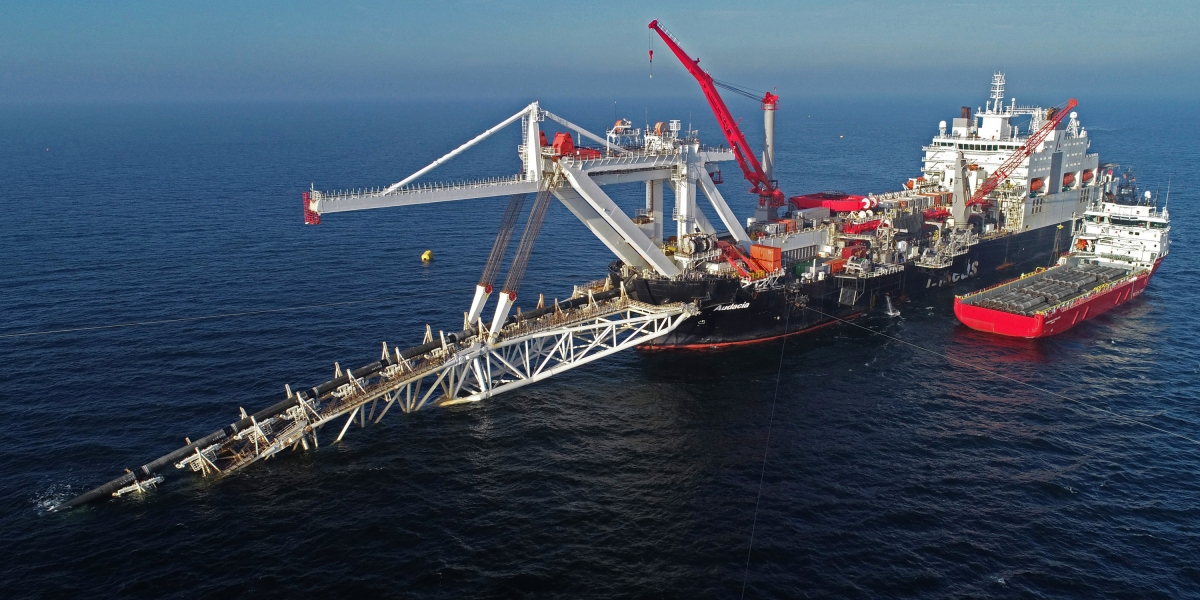
Once investigators can safely get hands on, the tricky work of triaging the problems and finding solutions begins. “You assess: ‘Okay, what is the state of the pipe? What are the damages?’” says Jean-François Ribet of the Monaco-based oil and gas pipeline repair company 3X Engineering, which has previously repaired pipelines in Yemen that have been sabotaged by the likes of Al-Qaeda. That assessment can be done using an inspection robot, a remotely operated vehicle, or specialized divers.
Sending divers to the site is challenging because of the depth of the pipeline: while the known leaks are concentrated in relatively shallow waters—around 50 meters deep—the majority of the pipeline lies 80 to 100 meters underwater. And all of it will need to be inspected for potential damage.
“We’ve done repairs at that depth, but you have to use saturation diving,” says Olivier Marin, R&D and technical manager at 3X Engineering. (In saturation diving, which is used for deep-sea conditions, divers remain at the extreme depth in a specialized habitat and undergo a single decompression once the operation is over.) “You can maybe do 10 hours, but you will have to stay for one month in a hyperbaric chamber,” he says.
The repairs themselves would not be easy. There are a number of options, says Ribet. The first is to replace the damaged sections of the pipe in their totality—though that’s the costliest. “You need the same diameter, the same kind of steel grade, and so on,” he says. And you need to bring shipborne cranes that are strong enough to lift the heavy pipe segments out of the water.
The second repair option would be to install a clamp that covers the damaged sections of the pipe, essentially patching the ruptured areas. However, with an internal diameter of 1.153 meters, the Nord Stream pipelines would require huge clamps, as well as the temporary installation of an underwater caisson, a watertight chamber that would encase the section of pipeline so that engineers could work within it.
Marin believes this would be “the easiest solution.” However, he adds, it would take months to procure a clamp big enough to encase the pipeline. This method also won’t work if there turns out to be extensive damage, because it’s not feasible to build clamps big enough to cover significant holes. A third option is a composite repair that mixes the two methods: replace the worst-damaged elements of the pipeline, and clamp those that are less affected.
Ribet suggests one potentially less likely fourth option: building and installing a new pipeline section that could bypass the damaged sections, which would be left in place. Russian analysts also note that one of Nord Stream’s four individual pipelines appears not to have been affected, meaning it could continue to deliver gas, albeit at a lower rate.
